Asthma is a chronic lung disease that causes episodes of coughing, wheezing, chest tightness and shortness of breath. Asthma symptoms can be mild, moderate or severe, and sometimes life-threatening. When symptoms suddenly worsen, it is called an asthma attack. Like all chronic respiratory diseases, there is no cure for asthma. But in most cases, asthma is very manageable.

Asthma is not a one-size-fits-all disease. What sets off symptoms for you or someone in your family may be quite different from what affects someone else. When you understand what is happening inside your lungs and how your breathing responds to allergens and irritants like pollen, mold, dust mites or cigarette smoke, you can take steps to prevent or minimize symptoms.
Who is at risk of developing asthma?
Anyone of any age, family background, race, sex or general health can develop asthma. Studies show asthma is more common among boys than girls during childhood; in adulthood, it’s more common among women than men. Black Americans, Native Americans and certain Hispanic/Latino groups, particularly Puerto Ricans, experience asthma at higher rates than other races.
People with asthma who are regularly exposed to irritants such as polluted air or tobacco smoke (including secondhand smoke and thirdhand smoke) are at risk for asthma.
How many people have asthma in the United States? According to the U.S. Centers for Disease Control and Prevention (CDC), more than 25 million people live with asthma in the United States. It affects people of all ages: 8.4% of adults and 5.8% of children. In childhood, asthma is more common in boys than girls. In adulthood, it’s the reverse: more common in women than men. Asthma affects people of all ethnicities, but it has higher rates among Puerto Ricans, Black Americans, American Indians/Alaskan Natives, and people with multiple ethnicities.
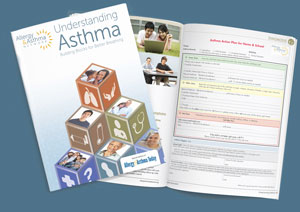
What causes asthma?
Researchers think genetic and environmental factors play a role in asthma, especially during the first years of life when the immune system is under development.
Asthma risk factors may include:
- Family history of asthma or allergies
- Mother’s smoking or exposure to secondhand smoke or air pollution during pregnancy
- Early childhood exposure to secondhand smoke, air pollution or indoor allergens such as dust mites, cockroaches or mold
- Damage to developing lungs due to premature birth or early childhood respiratory illnesses
- For adults, exposure to chemical irritants or industrial dust in the workplace
How does asthma affect the lungs and airways?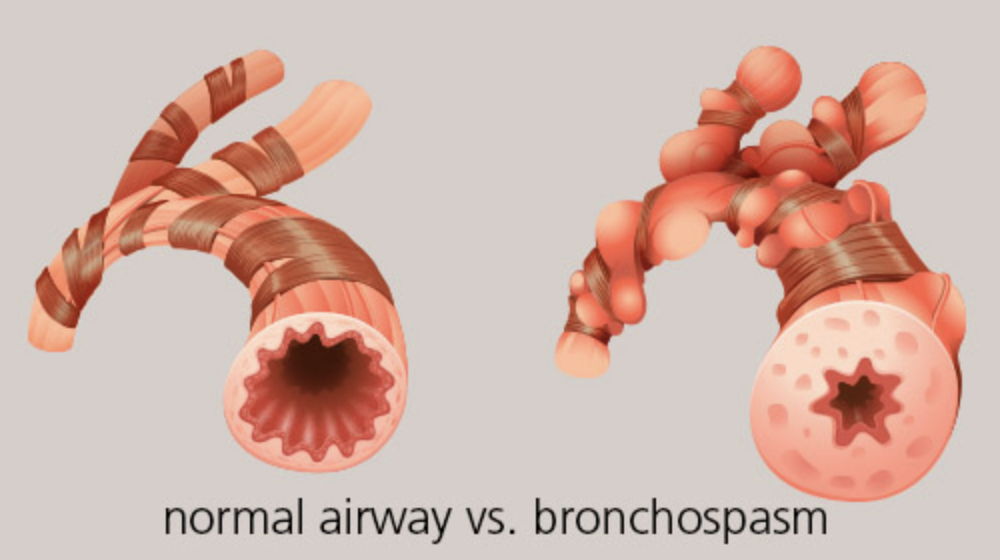
The airways inside your lungs look like an upside-down tree. The respiratory system is in the chest and is made up of several different parts:
-
Upper respiratory system – This is the nose, sinuses, and the parts of the airway called the pharynx and the part of the larynx above the vocal chords.
-
Lower respiratory system – This is the portion of the larynx below the vocal chords, the trachea, bronchi and bronchioles (all breathing tubes that get smaller and smaller – especially in the lower lungs)
It’s important to understand that asthma is a syndrome and not just a single disease. Asthma affects the lungs in two ways:
Airway inflammation
Asthma begins with inflammation: The lining of the airways – the breathing tubes leading into the lungs – becomes swollen, inflamed. They then produce extra mucus which clogs the airways.
Asthma inflammation is the quiet part of asthma. When we talk about quiet asthma, that’s when the inflammation and swelling takes place. You can’t feel or see what’s going on, but each time you are exposed to your asthma triggers, your airways react and inflammation increases and your breathing problems are likely to get worse.
Bronchospasm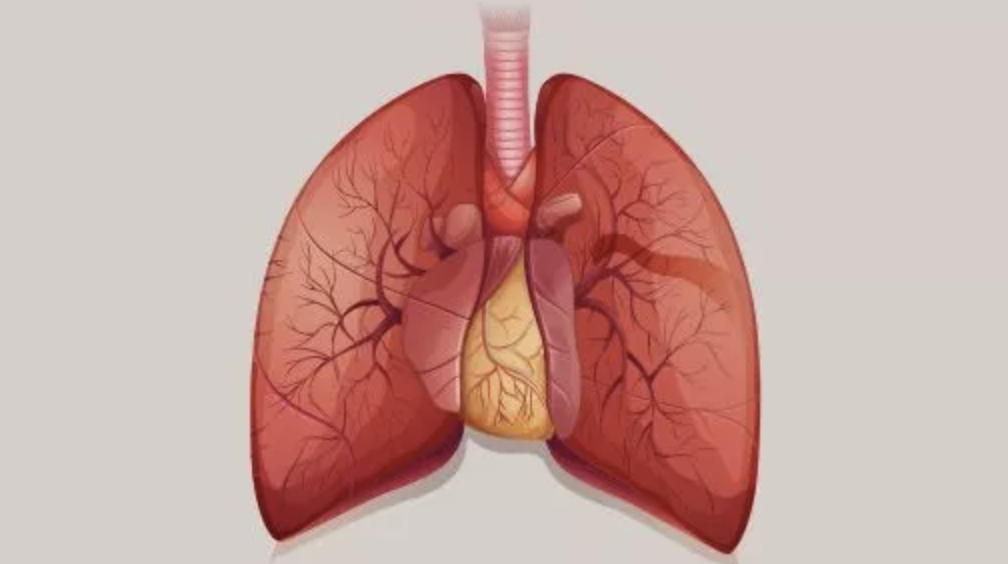
Muscles surrounding the airways tighten and contract as they try to keep the passageways open. Inhaled allergens or irritants like secondhand smoke and pollution act like sandpaper on the raw surfaces. You begin to cough and wheeze as you struggle to breathe. This is called bronchospasm.
Bronchospasm is the noisy part of asthma. Noisy asthma occurs when your airways are so inflamed they’re very sensitive. Exposure to the slightest irritation or allergen triggers bronchospasm – the twitching and sudden constriction of your airways creating the coughing, wheezing and shortness of breath that you can hear.
What are common asthma symptoms and triggers?
The most common asthma symptoms are coughing, wheezing, chest tightness and shortness of breath. These symptoms occur when there’s inflammation in the airways, usually caused by triggers such as allergens, irritants and viruses. Asthma triggers are things in the environment that cause symptoms. They can vary from person to person. It is important to understand what makes your asthma worse.
Common asthma triggers include: pollen, mold, animal dander, dust mites, smoking or secondhand smoke, exercise, cold air, humidity and strong smells. People may also find their symptoms triggered by bacterial or viral respiratory infections such as the flu, a cold, sinus infection or pneumonia.
What is an Asthma Action Plan?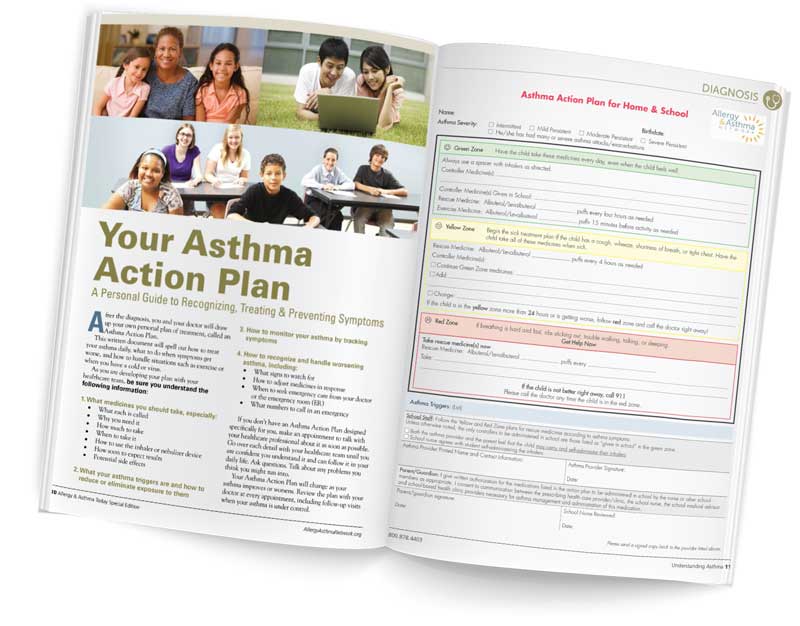
An Asthma Action Plan is a written personal asthma treatment plan. Your plan should spell out how to treat your asthma daily, what to do when symptoms get worse and how to manage situations such as exercise or when you have a cold or virus.
What is an asthma attack?
If your asthma symptoms suddenly worsen, you could be having an asthma attack. Asthma attacks are also referred to as asthma flare-ups, exacerbations, or episodes.
An asthma attack occurs when an allergen, irritant or virus causes the lungs to become inflamed. The muscles around the breathing tubes tighten or spasm. This narrows the airways and makes it harder to breathe. These signs indicate the need for immediate medical treatment. Make sure your Asthma Action Plan details steps to take to treat severe asthma attacks.
How do you stop an asthma attack?
Your doctor can help you develop an Asthma Action Plan that explains how to treat an asthma attack. It will detail your asthma medicines. You may need to use a quick-relief albuterol inhaler (also called a rescue inhaler). If your symptoms to not improve, it is a medical emergency and you should call 9-1-1 for help.
Patient education resources from Allergy & Asthma Network
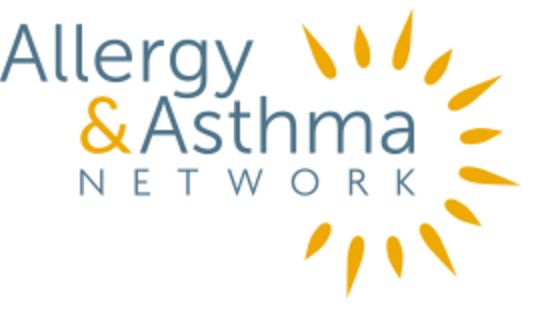
© 2021 Allergy and Asthma Network
Last updated : 6/26/2024